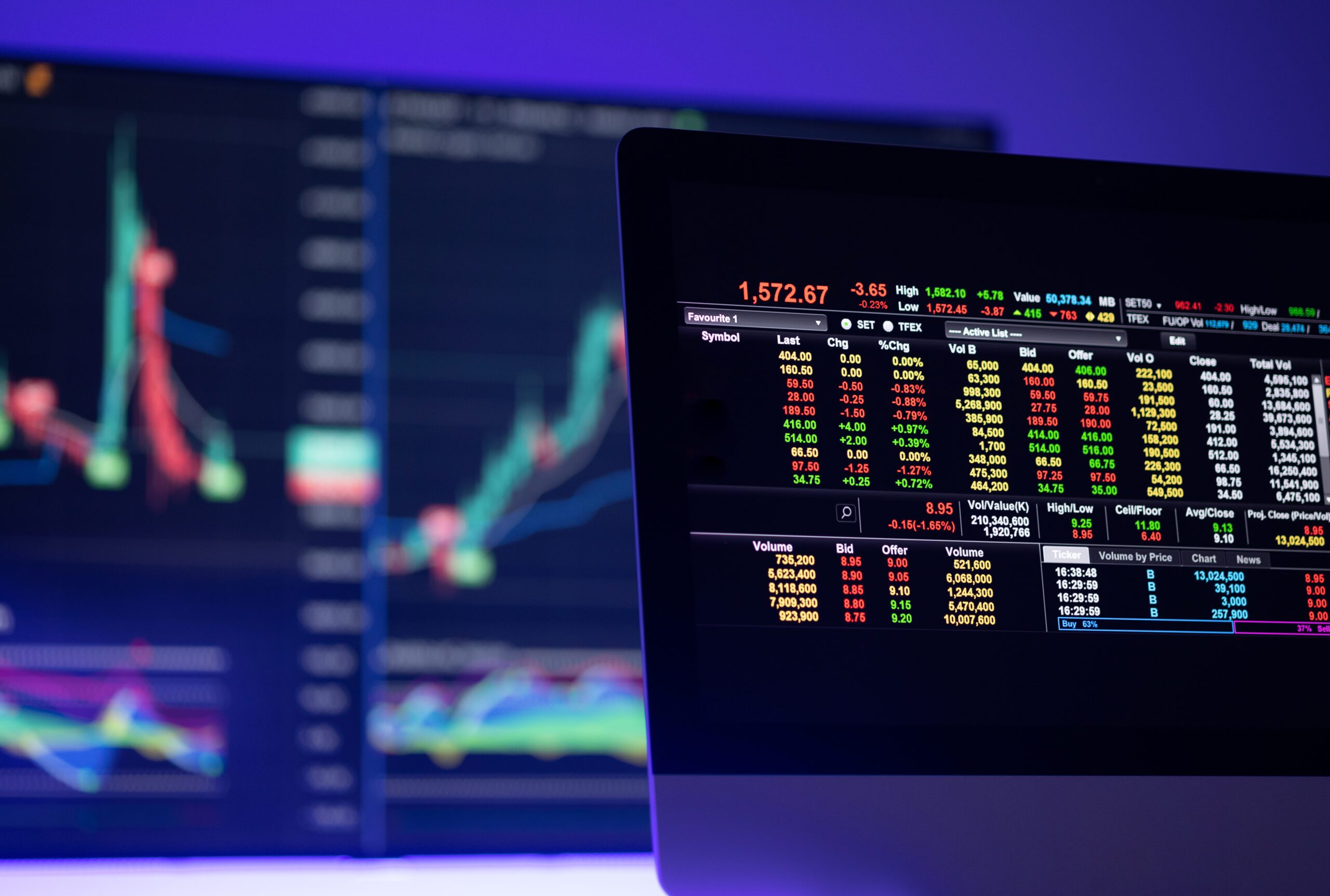
Equities and Sector Trends
September marked another strong month for global equities, with non-U.S. stocks narrowly outpacing domestic markets. The MSCI ACWI ex-U.S. Index outperformed the Russell 3000 by roughly 15 basis points, continuing this year’s steady rotation of leadership abroad.
Large-cap growth remained the standout performer in September, supported by strong rebounds in technology compared to the prior month and in communication services. Meanwhile, consumer staples, materials, and energy lagged. Weakness in these sectors reflects slower growth prospects for consumer staples, margin pressures in materials, and the typical volatility of energy markets. Value oriented equities broadly underperformed growth across all size categories, extending a trend that has persisted through much of 2025.
Investment-Grade Corporates Lead
Broad U.S. fixed income markets advanced in September, as reflected by the Bloomberg Aggregate Index, driven by continued strength in investment-grade corporate debt. Rate cuts typically coincide with slowing growth, higher default risk in the short to intermediate term, and wider spreads. However, investment-grade corporate spreads now sit near 27-year lows, while inflows into investment-grade corporate debt continue to increase. This is an interesting dynamic, as historically low spreads offer investors relatively little premium for taking on additional risk compared to Treasuries.
There are a few reasons for this. Declining short-term rates are making cash yields less attractive, encouraging money market outflows as investors seek to lock in relatively high corporate yields (compared to the 2010s and early 2020s) while they still can. That dated saying, “spreads are tight, but yields are alright” kind of applies here.
Growth has moderated but remains resilient, and inflation, though sticky, is increasingly being viewed as, dare I say, transitory, as tariff-related concerns have eased. The labor market has softened modestly but remains healthy, with stable unemployment and strong corporate balance sheets, as evidenced by solid EBITDA-to-interest expense ratios across investment-grade issuers. Together, these factors have helped temper recession fears and improve sentiment around corporate credit quality. Investors are likely anticipating that rate cuts are aimed more at sustaining growth than countering a sharp slowdown, creating a supportive backdrop for high-quality issuers.
Emerging Markets Momentum
Emerging markets continued to be a bright spot in September and throughout 2025. The inverse relationship between the U.S. dollar and EM equities remained evident. A weakening dollar, driven by easier U.S. policy, has improved local currency valuations, boosted capital flows, and supported commodity-exporting regions.
Historically, a softer dollar has aligned with stronger EM performance. From 2002 to 2007, for example, a similar dollar downtrend coincided with a 29 percent annualized return in EM equities, as evidenced by the MSCI Emerging Markets Index. Currency effects have also been particularly favorable for U.S.-based investors. The dollar’s depreciation has enhanced unhedged EM returns, especially in Korea and Latin America, where currency gains account for a meaningful portion of total returns.
Where do we go from here?
Investment grade corporate spreads remain tight, but yields remain attractive to us. Despite a government shutdown and ongoing policy gridlock, equities continue to advance while precious metals gain as investors seek stability amid dollar weakness. Technology remains a key driver of performance, supported by continued deal activity in AI infrastructure and related sectors. To capture these trends, we increased allocation to the Invesco AI and Next Gen Software ETF (IGPT), added to Emerging Markets through Fidelity Emerging Markets Fund (FZEMX) to benefit from dollar devaluation and a more accommodative policy backdrop, and raised our position in gold SPDR Gold MiniShares (GLDM) to reinforce our hedge against uncertainty in the growth and inflation balance. These adjustments were funded by streamlining liquid alternatives and rightsizing smaller positions.
We expect the market will continue to climb a wall of worry with conviction. Resilient growth, easier financial conditions, and strong corporate fundamentals support our optimism. Risks persist, but we see momentum and sentiment remaining aligned, keeping the path of least resistance higher.
From the Investments Desk at Journey Strategic Wealth
This material is distributed for informational purposes only. Investment Advisory services offered through Journey Strategic Wealth, an investment adviser registered with the U.S. Securities and Exchange Commission (“SEC”). The views expressed are for informational purposes only and do not take into account any individual’s personal, financial, or tax considerations. Opinions expressed are subject to change without notice and are not intended as investment advice. Past performance is no guarantee of future results. Please see Journey Strategic Wealth’s Form ADV Part 2A and Form CRS for additional information.

